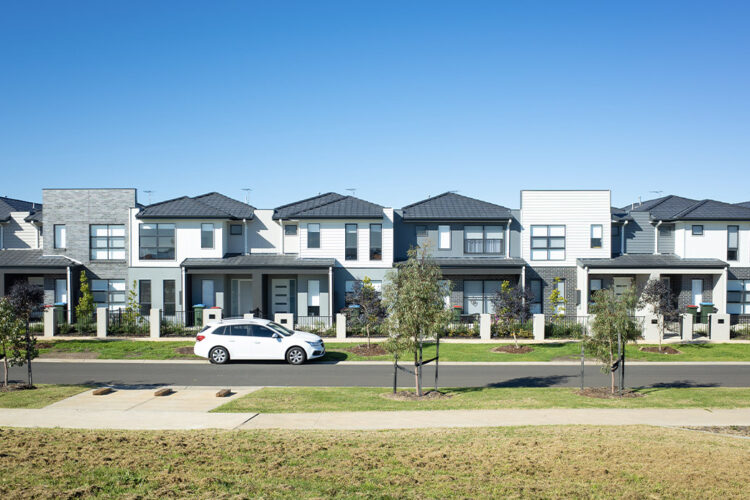With a lot less hassle and higher returns, many landlords would be better off putting their money into super instead of housing, a new report claims.
The paper, a collaboration between property settlement proptech PEXA and LongView, a property management, advisory and funds management firm, slammed Australia’s “broken system” of private renting for causing distress for tenants and landlords alike.
While it’s no secret that discontent with the rental system is high among tenants — with vacancy rates sitting at record lows across the country and rents rising at a brisk pace — this is perhaps some of the rare research to examine the full ecosystem wherein tenant and landlord dissatisfaction feeds off each other, eroding a sense of stable housing for renters, return on investment for owners, and the trust between both.
The firms’ analysis, released in the white paper Private renting in Australia: a broken system, suggests that investors have good reason to be frustrated. The promise of their investment is not paying off, with the research revealing that landlords would see higher returns if they’d put their money into superannuation.
Per the research, the median total post-tax return of investment properties held for four to 10 years between 1990 and 2020 is just 6.3 per cent, using standard assumptions. This compares with the post-tax return of 7.4 per cent from a balanced superannuation fund, which, as the paper states, “involves considerably less risk and is much lower-maintenance”.
Meanwhile, 36.5 per cent of renters have moved three or more times in the past five years, showing the difficulty of finding a long-term secure situation for the nation’s tenants, who have been growing in numbers in recent years, with one in four households now renting.
LongView executive chair Evan Thornley said this white paper, the second of three in a series examining the state of housing in Australia, countered the perception of greedy landlords getting rich off the backs of renters.
“There is a misplaced idea that a battle between landlords and tenants exists; in actual fact, the Australian rental framework has been broken for decades, and is not working for either party,” Mr Thornley said, outlining some of the major issues facing each cohort.
“Secure shelter provides people with the feeling of dignity and security, enabling us to build relationships and feel part of a community. So the fact that we are facing the biggest rental crisis in a generation should be of concern to all of us.
“For landlords, investment is often more complex, stressful, and risky than originally anticipated. It can be much more time-consuming than expected, with a range of unanticipated maintenance costs. And 60 per cent of landlords get returns lower than if they had put their money into superannuation. In most cases, this is because they bought poor-performing properties,” he noted.
That’s largely the reason why roughly half of all investment properties exit the rental market within five years. This, in turn, serves to further erode the system’s ability to support long-term rental housing.
Depicting a negative cycle wherein the dissatisfaction of one creates negative impacts for the other, the report begs the question of whether the reverse might be true: Would less stress on tenants create more positive outcomes for landlords? If so, how does the nation address the issue of extremely tight vacancy rates nationwide that drive up prices and leave renters anxious about their ability to secure housing?
It’s a conundrum that CoreLogic Asia-Pacific executive research director Tim Lawless nodded to last week, speaking during a Property Investment Professionals of Australia (PIPA) breakfast seminar.
Acknowledging that there was “no quick fix,” Mr Lawless argued for governments to have “a bigger stake in rental home ownership,” as seen in decades past.
“If you look at dwelling approvals historically, back in the ’70s and ’80s, governments were building about 10 per cent to 15 per cent of housing stock,” he said.
Over the past 15 or 20 years, that figure has been much lower, consistently around 2 per cent to 3 per cent.
From his point of view, governments have “passed the chalice of rental housing responsibility to the private sector”.
“The biggest thing they can do is to take a bigger stake of home ownership — which could be in the form of social and community housing — but there’s no immediacy in delivering that to the market when it’s so severely needed at the moment,” Mr Lawless said.


